Plants I hate. Now, I grew up in the 50s (I’ll pause while you do the math).
Girls weren’t supposed to hate. It just wasn’t ladylike. The world is a lot better place now when people can be honest.
And honestly, even though I love most plants, there are a few that I just can’t abide. Maybe I am writing this post because I am grumpy today so I hope you’ll indulge me in getting this off of my chest.
Plants That I Hate # 1: Ligustrum (Privet)
Ligustrum (Privet) is a common shrub. It definitely makes it high on the list of plants I hate. It’s ugly (from my point of view and I know there are lots of points of view.) There are many varieties of Ligustrum and all of them are invasive in Texas. My neighbors have Ligustrum and I am always digging up volunteers that have decided to live at my house. If you don’t get them quickly, they are hard to get rid of because they will keep coming back from the roots.
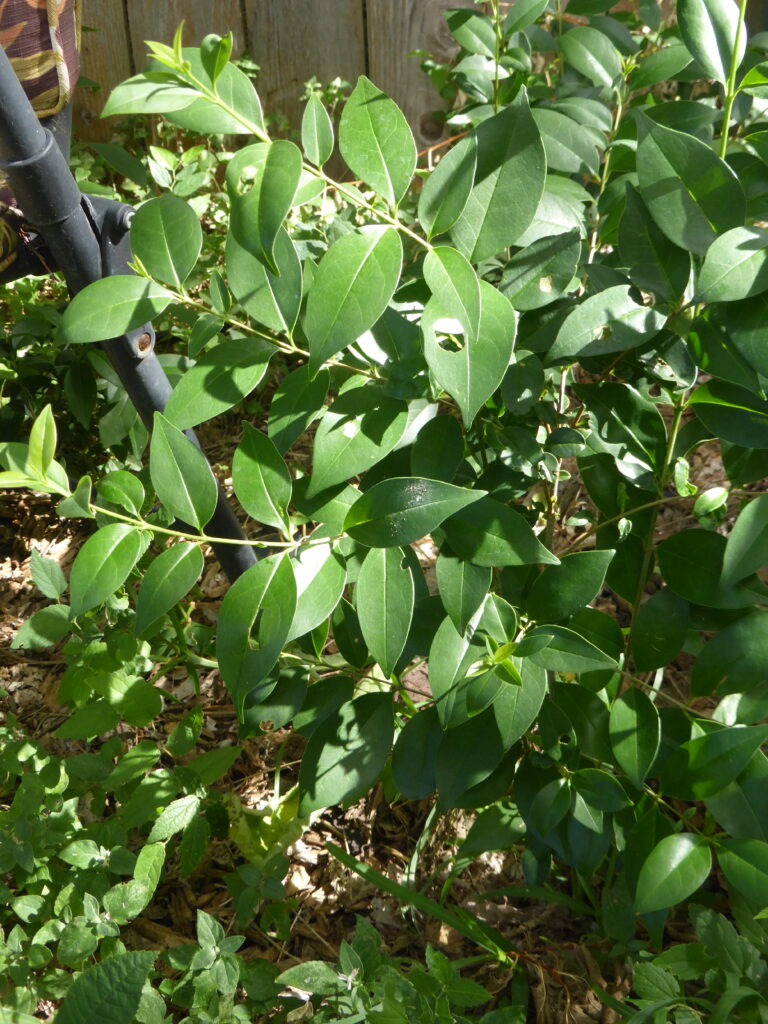
Ligustrum decides to live lots of places, and when they enter wild areas, the number of bee species and butterfly species decline. Take a look at this blog post: 5 Important Reasons to Not Plant Ligustrum (Privet) By Haeley Giambalvo
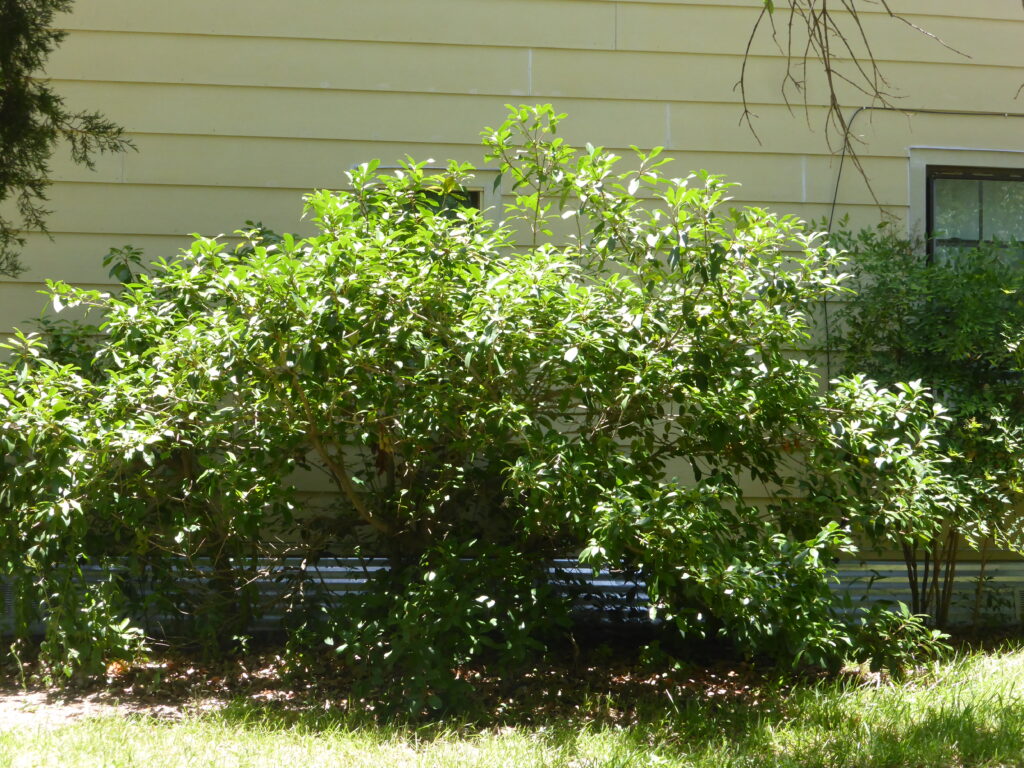
There are lots of Texas native species that look a lot better and don’t invade your neighbors’ yard or your greenspaces. Please plant those instead of this beast.
Plants That I Hate # 2: Nandina (Sacred Bamboo)
Nandina (Sacred Bamboo) has nothing sacred about it in my garden or in any garden in Texas. It is a native of Japan, China and India. Although Nandina came to America in 1804, its popularity started in about the 80s or 90s.
You’d think it was candy so many new houses were lined with Nandina. Like Ligustrum, Nandina is so invasive that now it has escaped cultivation and now grows in almost every greenspace it can find. You can’t kill it by cutting it down. You have to dig up the whole shrub, or cover it with herbicide (which I just don’t like to do.)
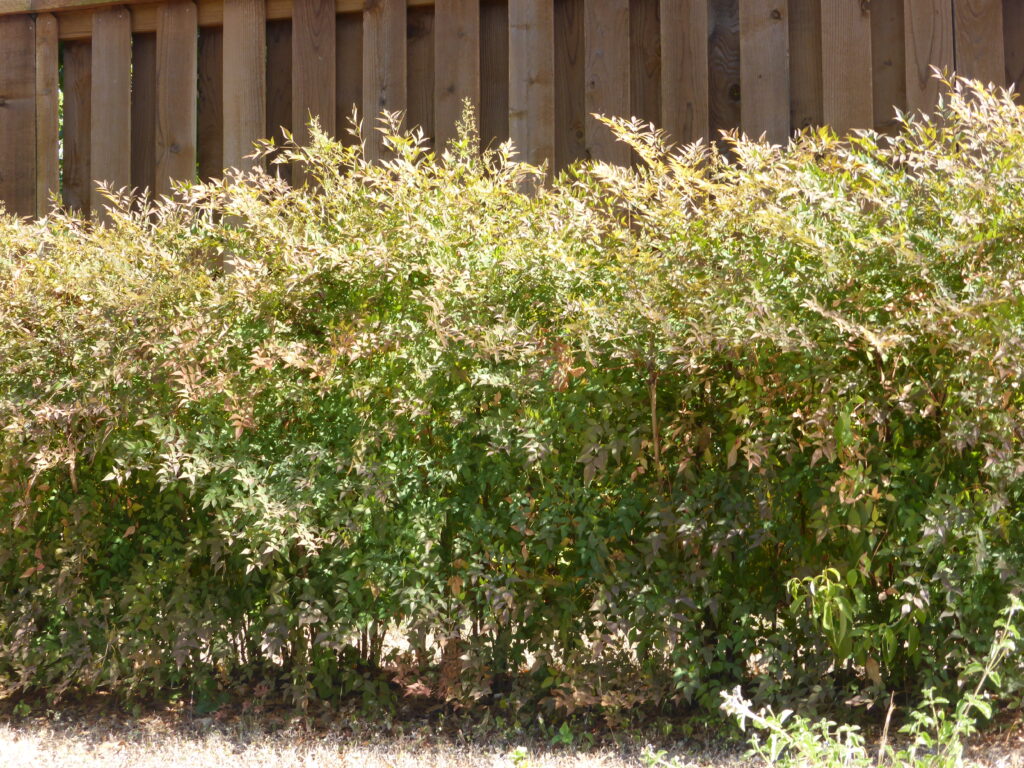
Luckily for me, I don’t find this one popping up in my yard, but I’d like to be able to go on a hike and not see Nandina growing there. Granted, Nandina is a worse problem in the south (like my house) than the north, but keep in mind things can migrate southward.
Nandina is toxic to the beautiful bird, the Cedar Waxwing. Lewis Ginter Botanical Gardens calls Nandina one of the dirty dozen. For more information on the problems with Nandina, visit this site.
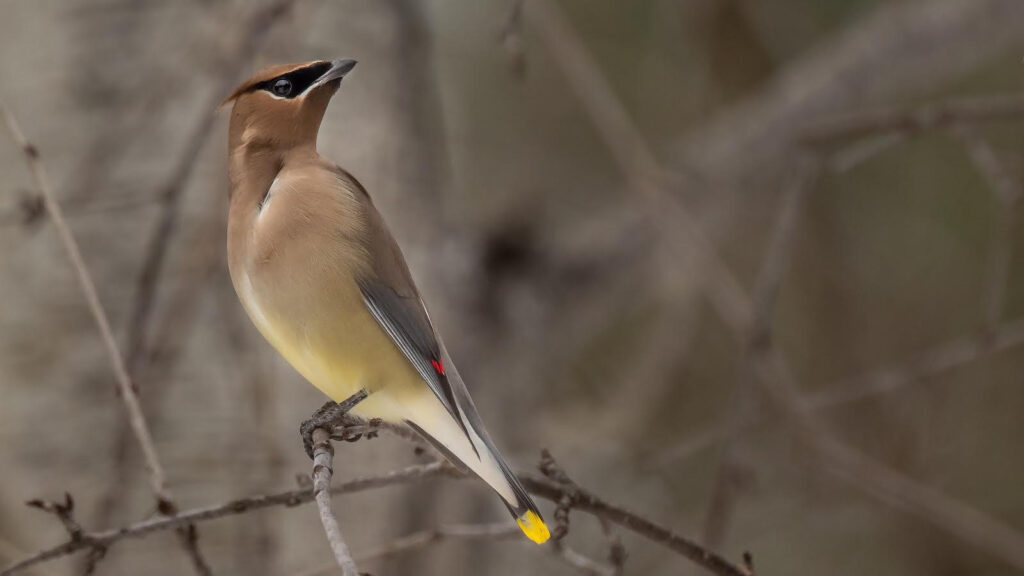
Plants That I Hate # 3: Ruellia Simplex, or Mexican Petunia
Ruellia Simplex, or Mexican Petunia is a lovely plant at first glance. This sneaky plant is one I hate. It’s really better to look twice because it can take over your entire garden in one year, and then you will spend the rest of your life trying to get rid of it. I have written about this one before and even I am daring to repeat myself (a Grammy prerogative, I think.) I may yet write about it again because it hikes my ire up higher than the Tower of the Americas.
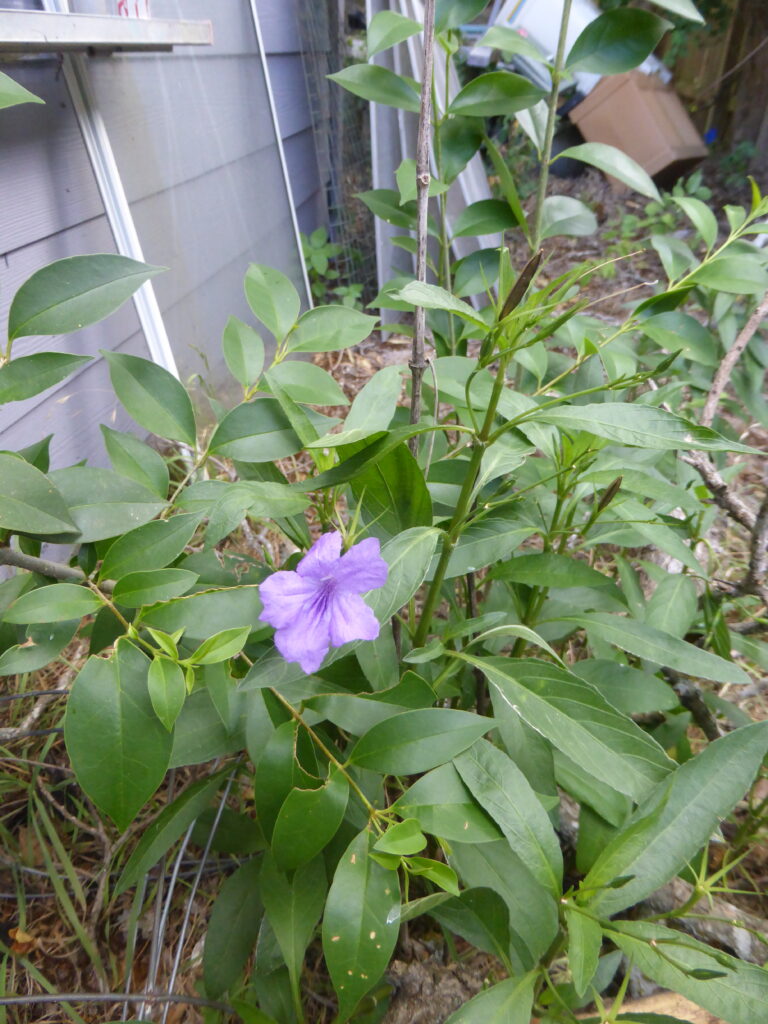
Ruellia Simplex can spit its seeds over 10 feet away, and then it will spread by rhizomes that can go under just about anything — fences, rocks, tarps.
A “Plant I Hate” Morality Tale
I bought my house from two lovely, sweet people. Some years before I bought their house, they made the mistake of buying a couple of little pots of Ruellia Simplex. It first took over the side yard. Then the back and then the front.
In the front yard, they finally gave up on gardening in the ground because the Ruellia Simplex took over. They pulled as many as they could and tried as many methods as they could to get rid of them. Finally, they laid a tarp over the ground, and covered it with pebbles, and built raised beds for their gardens. I’ve lived in my house for seven years now, and I still am pulling up Ruellia Simplex.
Take their story as a morality tale. Don’t succumb to those pretty little seed-spitting purple flowers. They will become your own hellish version of the Blob.
Plants I Hate # 4: Bermuda Grass
And speaking of the Blob, Bermuda grass is another one of the plants I hate. It is trying to take over the world. It has several other names, one of which is Devil Grass. I certainly think that is an accurate moniker for the evil plant. Other authors agree with me.
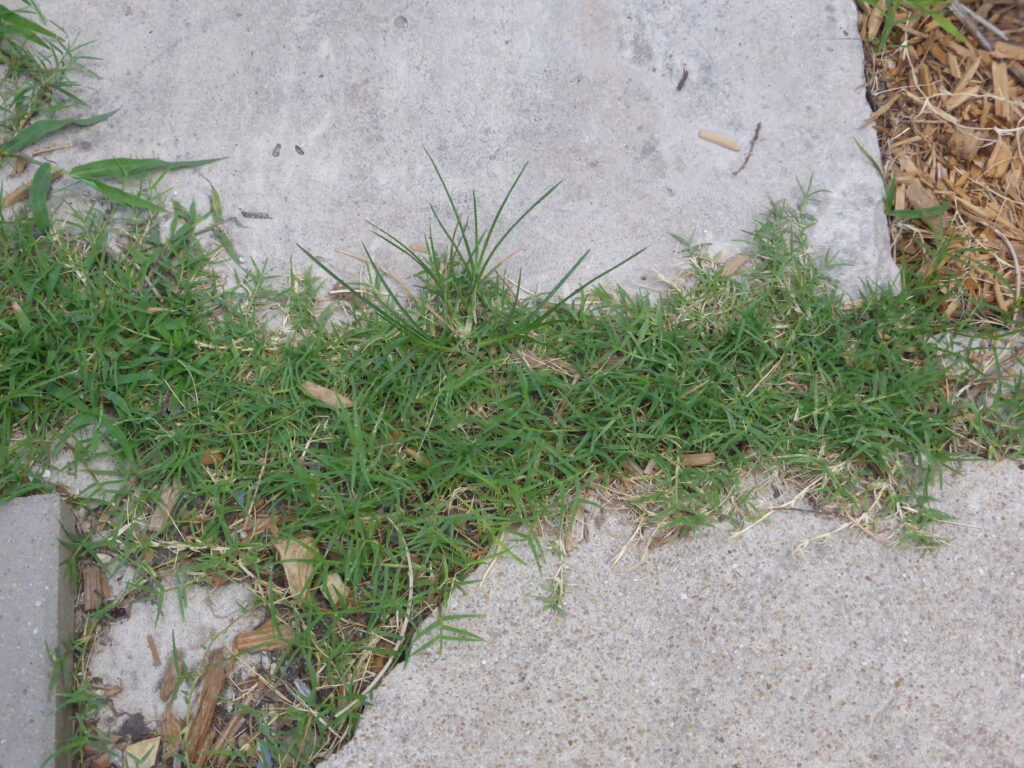
Ruth Gonzalez in her column, Ask Ruth, seems to feel the same way I do so maybe I’m not just being grumpy. “For me, Bermuda grass presents a mind-boggling obstacle to pleasurable gardening. Bermuda grass laughs at your thorough weeding job and respects no boundaries. It quickly and ceaselessly overtakes your garden beds without any regard for your prospective harvest.”
Because Bermuda grass reproduces with growth above the ground (stolons), below the ground (rhizomes), and by seed, it keeps coming and going – and I mean going everywhere. I have heard master gardeners joke that Bermuda grass could go under a freeway and come out the other side. That is probably a hyperbole (which I remind you is something I like).
I have heard no solution to this devil except by solarization (putting down plastic for months on end.) Even that is not probably not a permanent solution. Bermuda grass seeds can survive for 2 years, and my guess is that it can regrow after months of being under plastic.
The best solution I’ve heard is to pull it meditatively. It will give all of us plenty of meditation time for years to come. Maybe I’ll try meditating on being grumpy.
Plants I Hate #5: Virginia Creeper
Virginia Creeper doesn’t make it onto the invasive lists. Why? I have no idea. It causes me a lot of problems. It has grown over, under, around and through my fence. I hate it.
My thoroughly considerate neighbors didn’t plant this local version of our very own “Blob,” I am sure. Probably no one that ever lived at that house planted it.
But now that it is here, it has a mind of its own earning it a place in the plants I hate. Virginia Creeper wants to take over my garden. Frustratingly, I have different ideas of what I want to grow beside my fence.
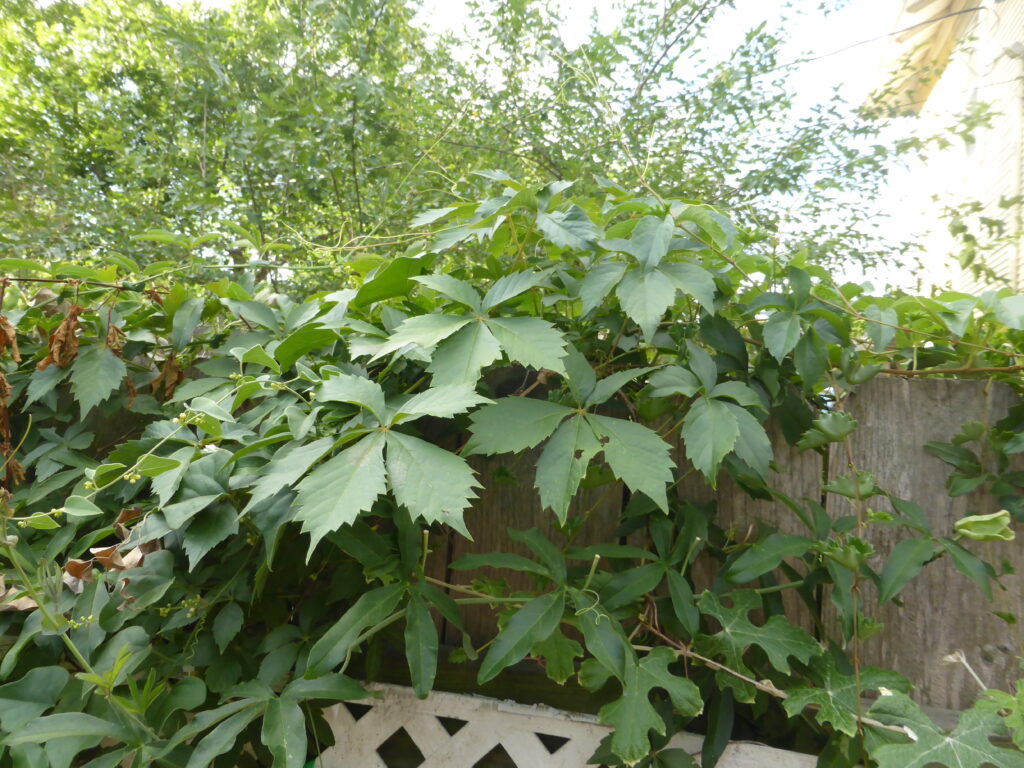
I am forever pulling it out of the beds, and shearing it off the top of my fence. It has very long roots and has traversed the paths of my garden to come across to the bed on the other side. This statement is not a hyperbole!
Robert Frost, writes in his poem, Mending Fences, of his neighbor saying good fences make good neighbors. Sadly, Virginia Creeper is not a polite neighbor and doesn’t respect the fences, mended or not.
Plants I Hate # 6: Nut Grass
I remember as a young girl hearing my papa grumble about nut grass, as he called it. It was on his list of plants to hate. Nut grass also goes by name nut sedge or the scientific name of Cyperus rotundus. It is a weed that also likes to propagate itself in devilish sorts of ways.
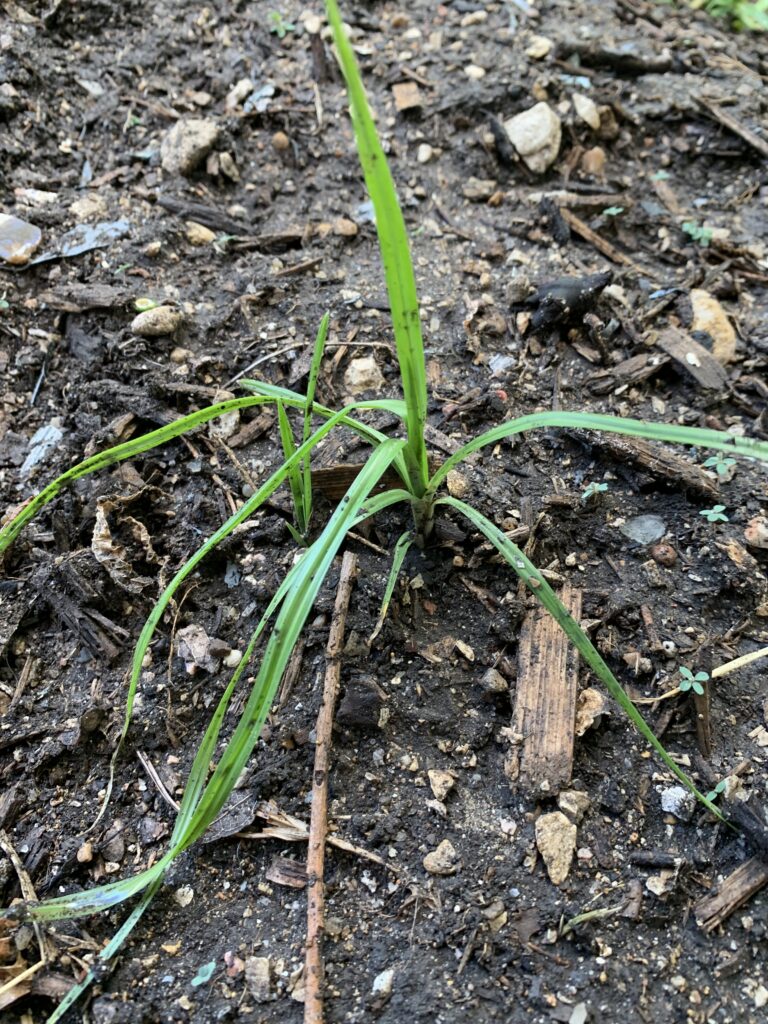
If you pull the innocuous looking little grass called nut grass, it stimulates the underground nutlets to multiply. Even if you manage to pull up the “nut”, you will leave behind other nutlets and rhizomes that will multiply the plants. So, you pull one, and now four or some other multiple to grow back.
According to The African Journal of Plant Science and Biotechnology, “Cyperus rotundus [nut grass] is one of the most invasive weeds known, having spread out to a worldwide distribution in tropical and temperate regions. It has been called “the world’s worst weed” as it is known as a weed in over 90 countries, and infests over 50 crops worldwide.”

Some peoples around the world have eaten the underground nuts (tubers) and found it to be a nutritious food source, but in my garden, it is a pain. I can’t say that I hold the same disdain for nut grass that I do for Bermuda because it hasn’t taken over garden beds wholesale, but it is a weed that I hate just the same.
Well, I must say, I feel better now with all that off of my chest. And I hope I inspired you to avoid planting some of these plants I hate.
Do you hate these plants I mentioned? What are the plants that you hate?

Your list is a lot like that of my daughter, who landscapes in Manor. I thought she was being too ‘purist’ about the ligustrum and nandina. And this year I have let the Virginia Creeper and ruelia take over. They live well on 100+ degree heat. At least the ruelia flowers match my house, and they bloom generously!
Yes, they keep up with the heat. That’s one reason they are invasive! And yep, I agree with your daughter. I hate plants that kill birds and bees.
Yes yes yes. I made the mistake with A cute lil pot of Katie ruellia – BIG ASS MISTAKE. I inherited VirginiaCreeper via the backyard neighbors and the Nandina – it’s been polite in the garden so far. Gardening: one persons weed is another’s ground cover….
So true that weeds are all in point of view — or as I said, any plant in the wrong place is a weed. But when they kill birds and bees, I hope we take a closer look. And Katie ruellia is “supposed” to be non-invasive.